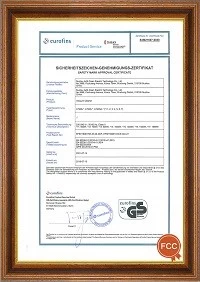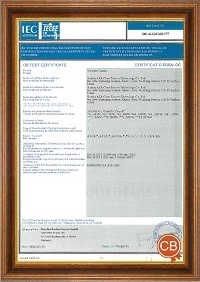Ching Ming Introduction
Dolphin
2017-03-24 15:57:40
The Ching Ming Festival is coming, which is a litter similar with Eastern.
Ching Ming Festival is one of the few traditional Chinese holidays with more than 2500 years’ history. With another name “Tomb Sweeping Day”, it’s often celebrated two weeks after the vernal equinox -- typically falling on April 4,5 or 6. Its Chinese name”Qing Ming”literally means “Clear Brightness”,hinting at its importance as the honor past ancestors and celebration of the rebirth of nature in spring.
Here is a story about its origin. During the Period of Spring and Autumn in the Jin Kingdom,one of the King’s son was called Chong Er. He was falsely accused of rebellion by someone who’re jealous of his talent. Unfortunately, the King believed the false fact and declared the punishment. The poor prince had no choice but flee with some trusted officials. They hid themselves in a mountain and almost starved to death with limited food. At the critical moment,an official named Jie Zitui tool great pain to cut some flesh from his thigh and cooked it for Chong Er. And Chong Er became the King of the Jin Kingdom years later. He wanted to thank Jie and asked him to be his administer, but Jie refused. The King even adopted some rude manners to force Jie to accept it. Sadly, in that way, Jie Zitui flare up and scorched under a willow. He would rather die than yield to the power. Chong Er was so overwhelmed with regret that he ordered people hold memorial ceremony for Jie. So every year on that day folks mourned for him and the day before ate cold meals, which avoided making fire.
To some extent, the festival changes with time passing by. But the tradition of sweeping tombs of ancestors and family members on this day never changed. Meanwhile,people also plant willow trees, go spring outing and fly kite etc.
Hope you could achieve something from above introduction.
Ching Ming Festival is one of the few traditional Chinese holidays with more than 2500 years’ history. With another name “Tomb Sweeping Day”, it’s often celebrated two weeks after the vernal equinox -- typically falling on April 4,5 or 6. Its Chinese name”Qing Ming”literally means “Clear Brightness”,hinting at its importance as the honor past ancestors and celebration of the rebirth of nature in spring.
Here is a story about its origin. During the Period of Spring and Autumn in the Jin Kingdom,one of the King’s son was called Chong Er. He was falsely accused of rebellion by someone who’re jealous of his talent. Unfortunately, the King believed the false fact and declared the punishment. The poor prince had no choice but flee with some trusted officials. They hid themselves in a mountain and almost starved to death with limited food. At the critical moment,an official named Jie Zitui tool great pain to cut some flesh from his thigh and cooked it for Chong Er. And Chong Er became the King of the Jin Kingdom years later. He wanted to thank Jie and asked him to be his administer, but Jie refused. The King even adopted some rude manners to force Jie to accept it. Sadly, in that way, Jie Zitui flare up and scorched under a willow. He would rather die than yield to the power. Chong Er was so overwhelmed with regret that he ordered people hold memorial ceremony for Jie. So every year on that day folks mourned for him and the day before ate cold meals, which avoided making fire.
To some extent, the festival changes with time passing by. But the tradition of sweeping tombs of ancestors and family members on this day never changed. Meanwhile,people also plant willow trees, go spring outing and fly kite etc.
Hope you could achieve something from above introduction.





























